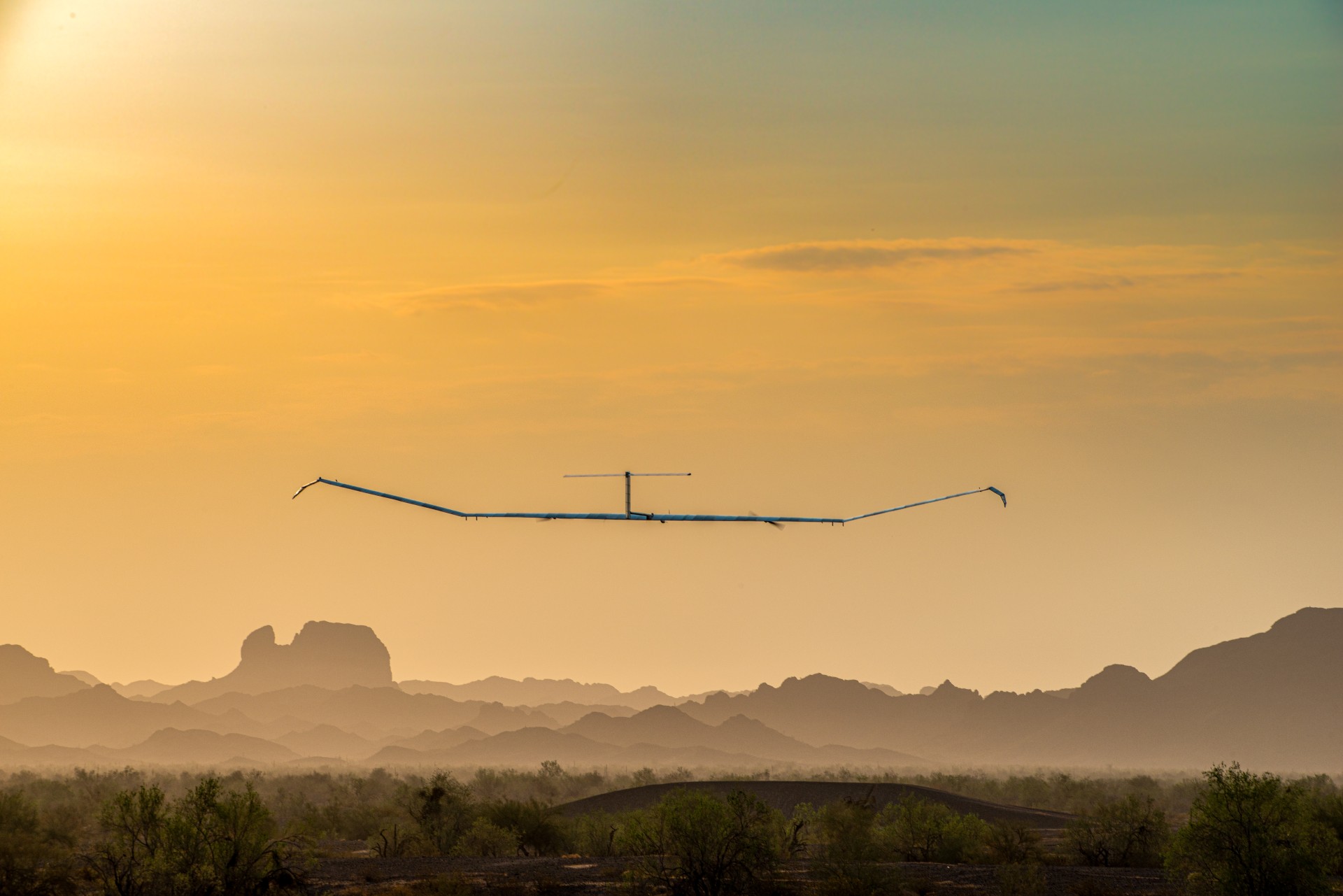An experimental high-altitude drone being tested in conjunction with the United States Army has ended its epic flight just hours before breaking the world record for longest flight duration.
The Airbus Zephyr S came down on Friday (Aug. 19) after remaining in the air for over 64 days and setting a number of records, including longest continuous flight of an uncrewed aircraft at 64 days, 18 hours, 26 minutes.
The flight was just hours short, however, of the world record for longest continuous flight of any kind, set between Dec. 4, 1958 and Feb. 7, 1959 when two men flew in a Cessna 172 Skyhawk above Las Vegas, Nevada for 64 days, 22 hours, and 19 minutes (opens in new tab).
Related: Experimental Zephyr drone sets new record for uncrewed flight duration
The end of the Zephyr’s flight was noticed by aircraft spotters using the free, online tracking software ADSB Exchange (opens in new tab). On the day the flight ended, the UAV (using the callsign ZULU82) was seen circling above the Yuma Test Range in Arizona when it suddenly began displaying a vertical descent rate of 4,544 feet (1,385 meters) per minute. It’s unknown what became of the drone when it reached ground level, but it presumably crashed.
Neither Airbus, which manufactures the Zephyr, nor the U.S. Army has issued an official statement about the abrupt end of the UAV’s flight. However, an unnamed representative for Airbus told SimpleFlying.com (opens in new tab) that, despite completing numerous mission objectives throughout its months-long mission, Zephyr “experienced circumstances that ended its current flight,” and that no injuries occurred as a result of the unexpected hard landing.
“Our teams are currently analyzing more than 1,500 hours of stratospheric mission data. The valuable experience from this prototype’s ultra-long endurance flight has proved to be a positive step toward the Army’s high-altitude platform goals,” the statement continues.
The Zephyr S belongs to a class of aircraft known as a “High Altitude Platform Station,” sometimes referred to as a “pseudo-satellite.” These aircraft are designed to stay aloft for extended periods, flying at altitudes of up to 70,000 feet (21,336 m). The Zephyr is made from lightweight carbon fiber composites and weighs just 165 pounds (75 kilograms). It’s powered entirely by batteries charged by sunlight.

Those unique capabilities allow the skeletal-looking Zephyr to remain over a designated area for long periods of time, making it well suited for surveillance and security roles. Its high flight ceiling allows it to observe an area on the ground measuring 12 miles by 18 miles (20 by 30 kilometers).
In addition to surveillance, the Zephyr could be used as a communications relay, connecting ground stations that do not have a line of sight with one another, or extending the reach of existing networks much as a satellite in orbit could.
Follow Brett on Twitter at @bretttingley (opens in new tab). Follow us on Twitter @Spacedotcom (opens in new tab) or on Facebook (opens in new tab).

